
 Ian Riley
Ian Riley
The global cement and concrete industry, a major contributor to greenhouse gas emissions, can achieve carbon neutrality or even become negative emitters with the right incentives and market mechanisms, Ian Riley, CEO of the World Cement Association (WCA), tells Gulf Construction.
Cement and concrete are ubiquitous and affordable, but their production comes at a significant environmental cost – cement emissions are typically four times higher than steel per unit of revenue, Riley points out. However, with appropriate carbon pricing and supportive policies, we can unlock the potential for these essential materials to contribute to a sustainable future, he says.
A number of steps need to be taken to make carbon-negative concrete a reality at scale. Riley emphasises the crucial role of carbon pricing mechanisms, like the EU Emissions Trading Scheme (ETS) and its recently implemented Carbon Border Adjustment Mechanism (CBAM), in driving the industry towards decarbonisation. These schemes put a cost on carbon emissions – carbon prices have averaged around 80 euros per ton in the past year - incentivising producers to adopt cleaner technologies and reduce their environmental footprint.
The EU's leadership in carbon pricing is encouraging, and we see similar initiatives gaining traction in other regions, Riley notes. This broader adoption of carbon pricing will be critical step towards a decarbonised global industry.
While decarbonising cement production is essential, Riley highlights the importance of addressing embodied carbon in concrete. This includes using alternative materials like cement substitutes and recycled materials. However, these advancements are often hindered by restrictive product standards. A better approach is using performance-based standards, allowing for greater flexibility and utilisation of these technologies.
Riley emphasises the need to nurture a market for low-carbon concrete to incentivise wider adoption. This can be done directly by governments through use in public sector projects and through initiatives, such as mandating embodied carbon reduction targets for construction projects.
“In order to grow the market for low carbon concrete, and indeed all low carbon products, governments and standards organisations must continue to improve the way we calculate embodied carbon and the operation of carbon offset markets,” Riley remarks.
WCA identifies five key levers for reducing embodied carbon:
• Increased use of supplementary cementitious materials. For example, utilising calcined clay as a partial substitute for traditional cement;
• Increased use of waste-based fuels: Transitioning from fossil fuels to biogenic or other less carbon intensive alternatives;
• Further improvement in fuel efficiency: Investing in modern equipment and process control technology to reduce energy consumption within cement plants;
• Carbon capture and storage: Capturing and storing carbon emissions generated during production, especially the CO2 from limestone, which is 60% of total emissions; and
• Resource efficiency: Minimising waste through recycling, optimising designs, and reducing over-specification.
WCA emphasises that these solutions are available for cement producers to start implementing today and that the key barrier to implementation is the lack of economic incentives for capital investment in most markets.
Climate action
While the urgency of climate action intensifies – last year was the hottest year on record, with greenhouse gas emissions also having reached a new high, recent developments at COP28 offer some hope. The endorsement of the Net Zero Emission Cement Production initiative, put forward by Canada and the UAE and the Waste to Zero program signal a commitment towards decarbonisation within the sector he says.
The road to carbon-negative concrete is paved with challenges, but recent developments and collaborative efforts offer a promising path forward. By prioritising incentives, fostering innovation, and nurturing a supportive market, the industry can play a crucial role in mitigating climate change, he concludes.








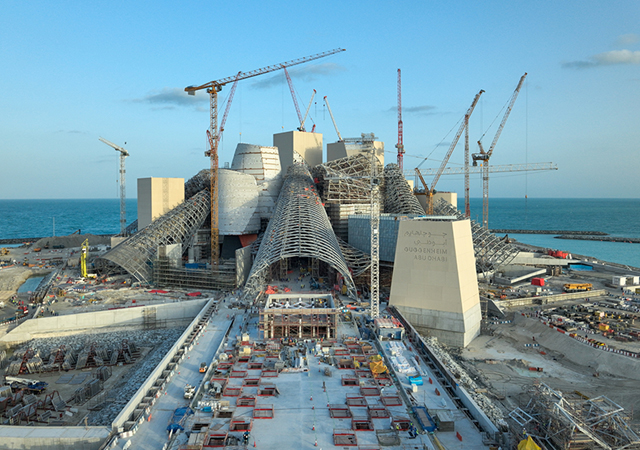
.jpg)





.jpg)



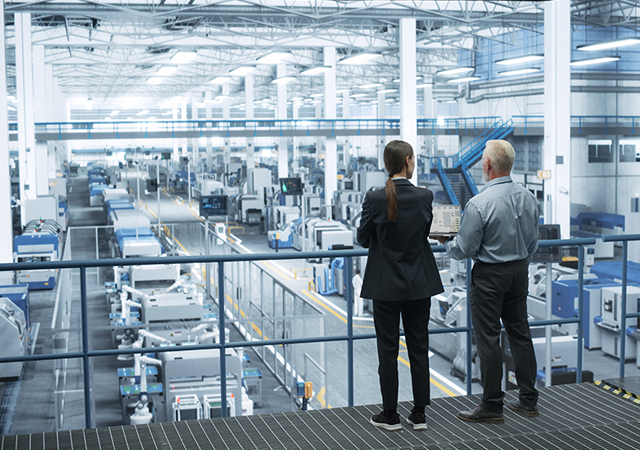


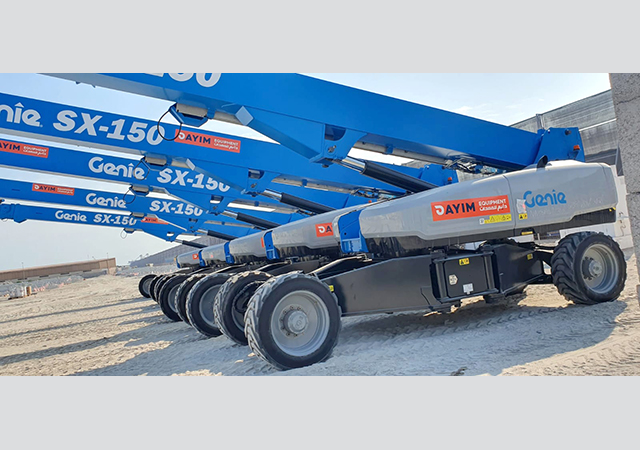
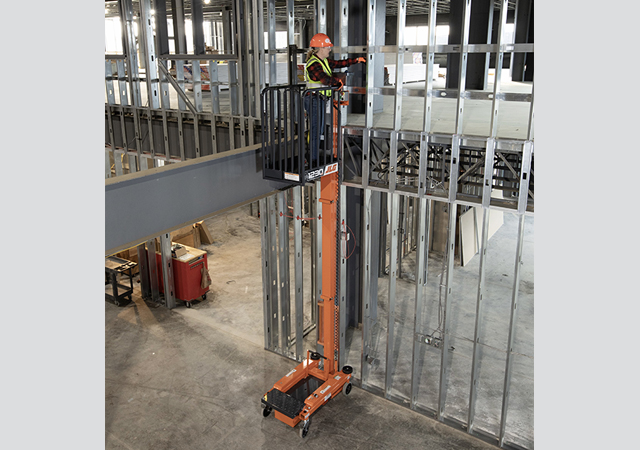


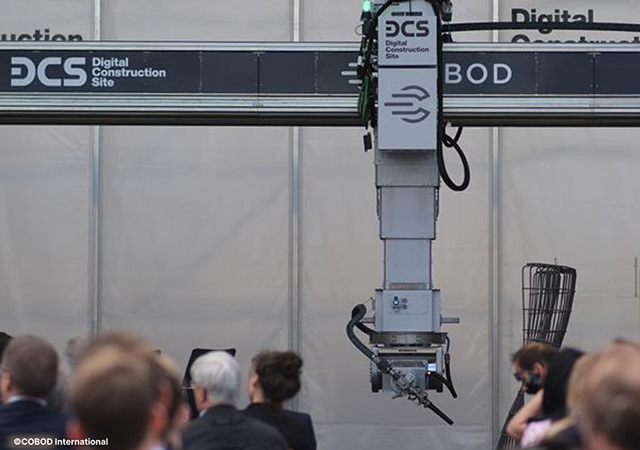
Doka (2).jpg)



















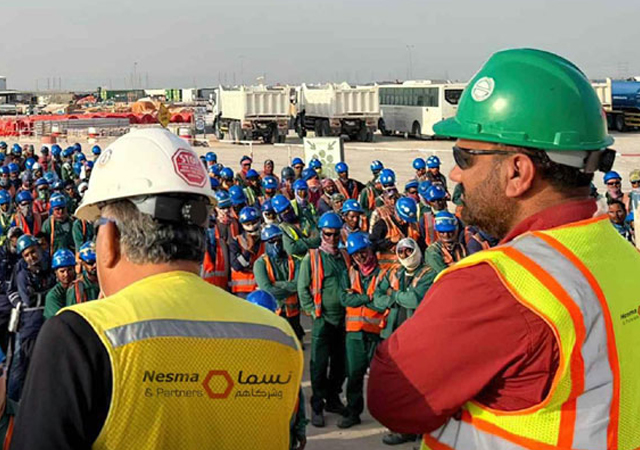
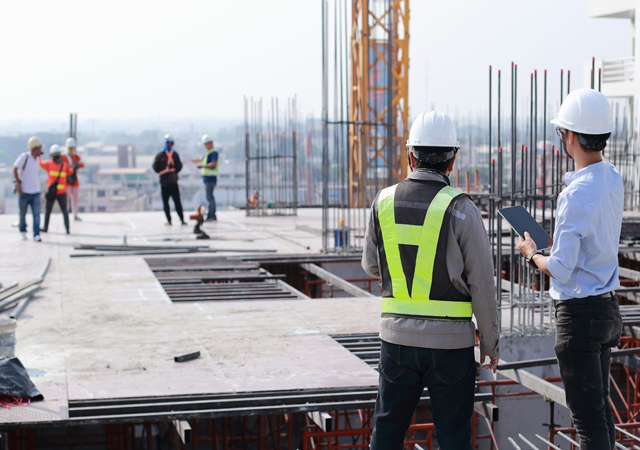









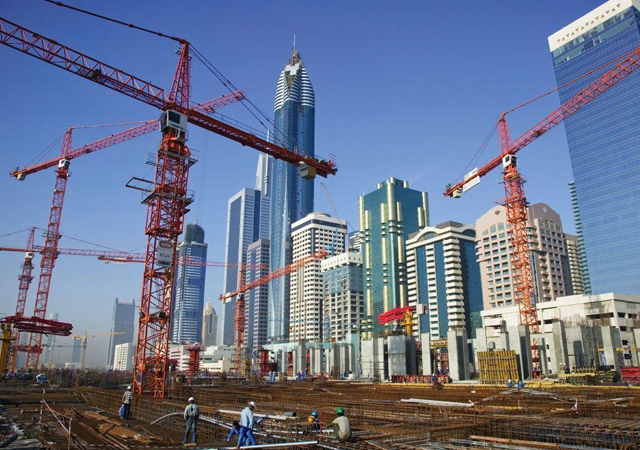









.jpg)
.jpg)

.jpg)



.jpg)